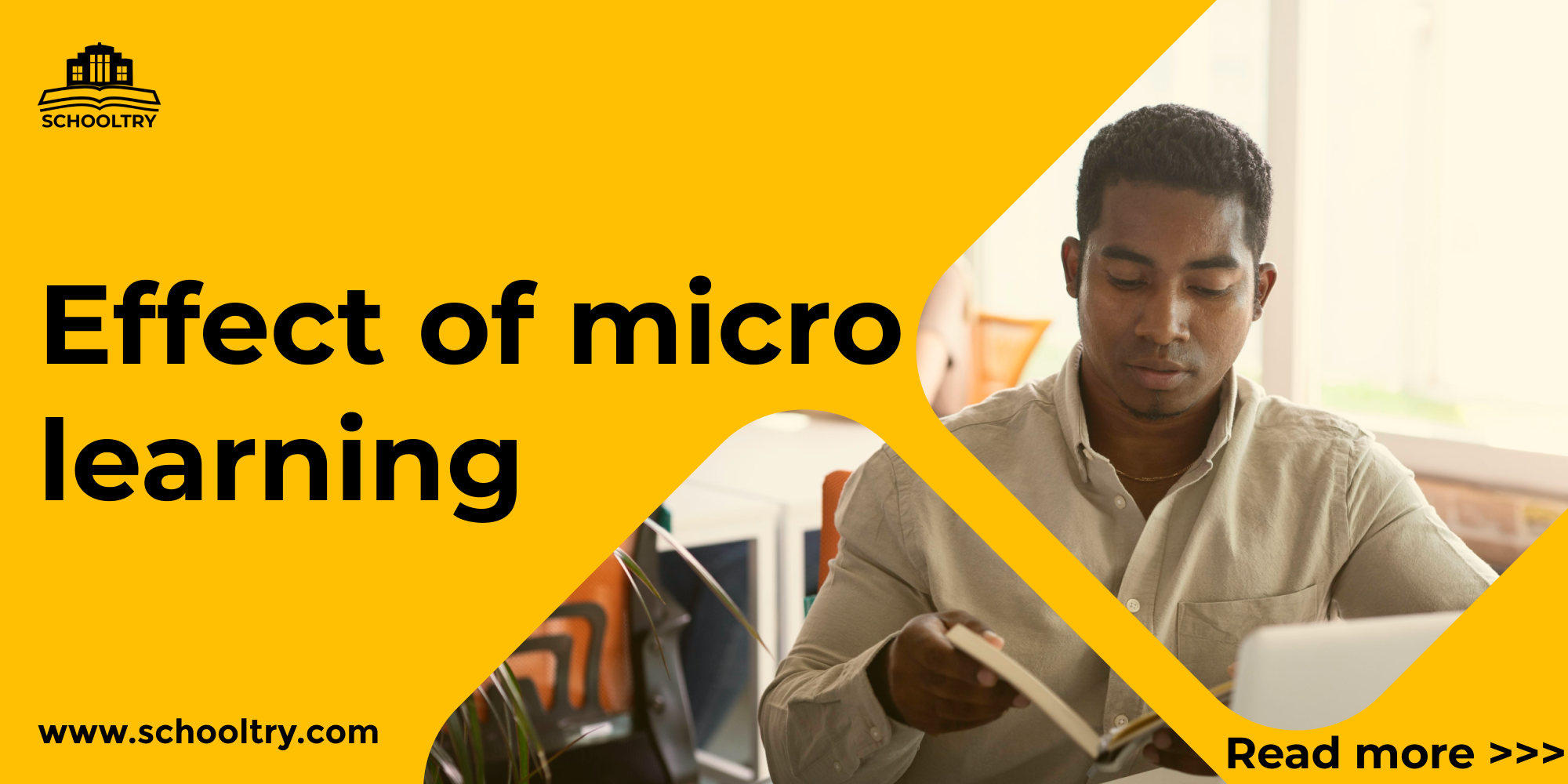Effect of Micro Learning on Students
Did you know that breaking information into smaller chunks enhances retention? That’s why discussing a topic like “Effect of Micro Learning on Students” is essential.
Let’s dive in,
What is Microlearning?
Microlearning focuses on learning new information in small units. This approach breaks down topics into short, standalone units that learners can view as many times as necessary, whenever and wherever they need.
Microlearning provides learners with short bursts of engaging and digestible information, instead of overwhelming them with large chunks of data. This convenience has made microlearning popular in corporate learning environments from both the learner’s and educator’s perspectives.
Microlearning mainly delivers short bursts of content for modern learners to study whenever and wherever they can, especially useful in compliance training. Content can range from brief texts to interactive multimedia, typically lasting between 3-10 minutes.
Microlearning resources come in various forms such as infographics, videos, blog posts, job aids, and eLearning modules.
History of Microlearning
The term “Microlearning” first appeared in 1963 in Hector Correa’s book ‘The Economics of Human Resource.’ Microlearning gained prominence when the internet became more accessible to households in the mid-1990s.
With the advent of smartphones, microlearning received a significant boost. Portable devices with internet access made content delivery more effective, allowing people to learn something new in just a few minutes. In an age where the average human attention span is 8 seconds (according to a 2017 Microsoft study), microlearning is invaluable. It can be used for various types of training, including employee onboarding, compliance training, and skills training.
Effect of Microlearning on Students
1. Flexibility:
This form of learning allows students to learn at their own pace, fitting it around their busy lives and providing flexibility in their learning journey.
2. Enhanced Engagement:
Research shows that students often lose attention after a period of time, but microlearning keeps students engaged and motivated to learn.
3. Improved Retention Level:
Microlearning breaks down information into bite-sized chunks, making it easier for students to remember and retain information. Breaking down large amounts of information helps students comprehend faster and retain more.
Conclusion
Microlearning is not just an educational strategy; it improves student retention, enhances engagement, and promotes continuous learning.
Are you a school owner or administrator in need of a web solution like SchoolTry to automate, digitize, or transform your school work? Click on this link to register for free and see how it works.




